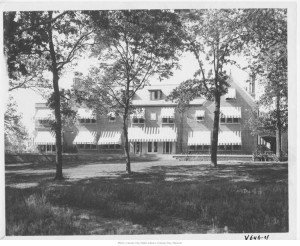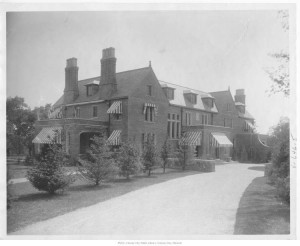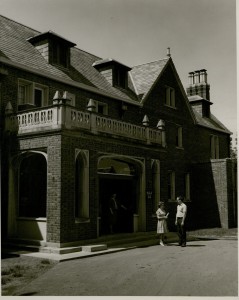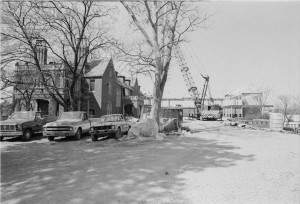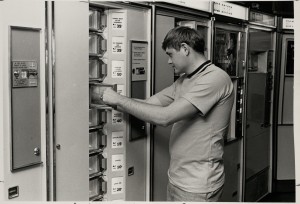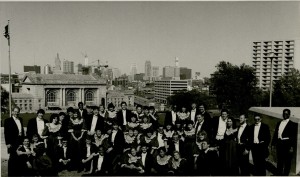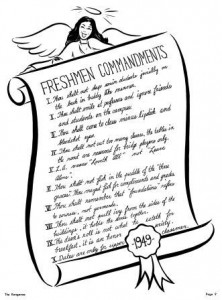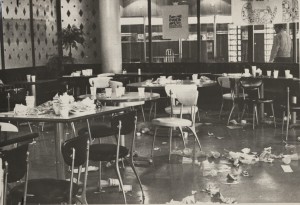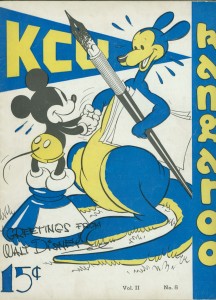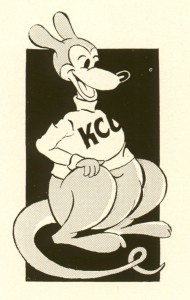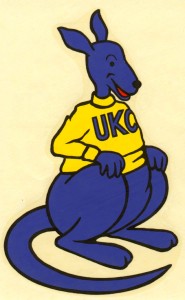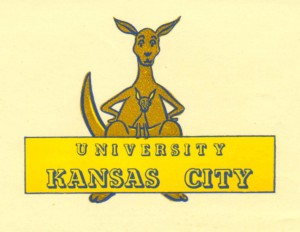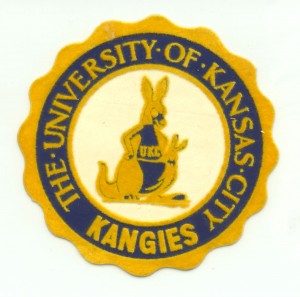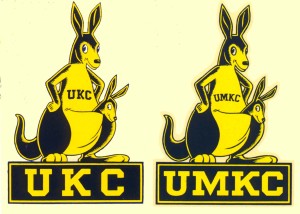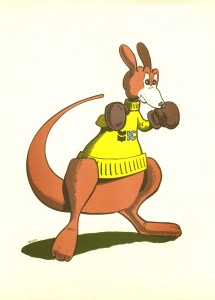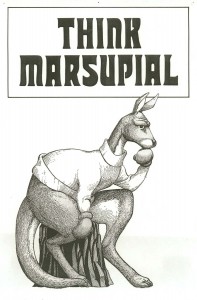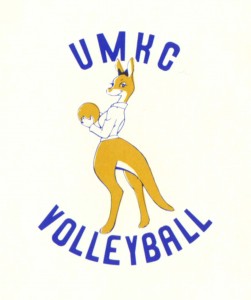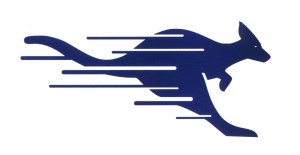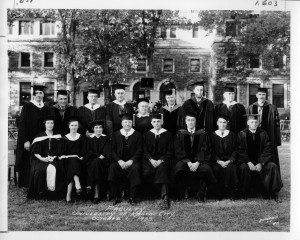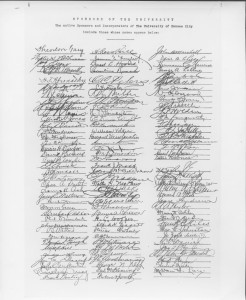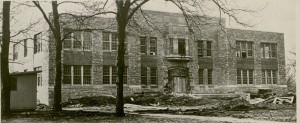Few on campus may know that the oldest portion of the Bloch School building has gone through at least four names and a couple of different owners before becoming a part of UMKC. And here to explain the history of the building is returning guest blogger Chris Wolff…
The building that we know today as the Bloch School of Management Building has a long history that predates the university. It was originally built in 1909 for the family of Kansas City grain merchant Edwin Shields and his wife Martha. The family had purchased a 10 acre tract of land at the northwest corner of Cherry and 52nd streets from the J.C. Nichols Company, which was then platting out the Southwood Park Subdivision of the Crestwood Neighborhood. The family also purchased 10 acres of vacant land stretching from the southeast corner of Cherry and 52nd Streets to Holmes and 52nd Streets. The J.C. Nichols Company had planned this area as a neighborhood of large mansions and estates. Epperson House, the Toy and Miniature Museum and Scofield Hall were some of the other homes that were originally built in this development.
The Shields called their colossal 3 story Tudor style mansion Oaklawn in honor of the many native oak trees that grew on the undeveloped part of their property. Automobiles were not yet prevalent in Kansas City and so the family also built a carriage house at the end of the long cobblestone driveway that provided the original entrance to the property. There were stables for the horses and a small polo field on a rectangular track of their land at the northeast corner of 52nd and Oak. Mr. Shields passed away in 1920, leaving the property to his wife and children. In 1947, Mrs. Shields donated the vacant 10 acre tract of land on the south side of 52nd street to her neighbor, the University of Kansas City. Over the years the growing university had acquired some of the other properties in the area including Epperson House and the mansion of Walter Dickey (Scofield Hall). This land would sit vacant until 1968, when UMKC began construction of the School of Education building at this location.
Oaklawn in the 1920’s
When Mrs. Shields passed away in 1954, her children sold the house and property to the nearby Miss Barstow’s School for Girls, which had operated out of a Tudor style mansion at 50th and Cherry Streets since 1924. The Barstow School renovated the home into classrooms and offices.
In 1959, Miller Nichols, President of the J.C. Nichols Real Estate Company offered to trade 40 acres of land at 115th and State Line to the Barstow School in exchange for the former Shields residence and property. Mr. Nichols had been a long-time supporter of the University of Kansas City and would eventually serve for decades on the university’s board of trustees. His goal was to make real estate acquisitions in the area around the Volker Campus and to either donate the property or sell it when the university could afford it.
The Barstow School accepted the land swap proposal in 1961 and built a new school at their current location of 115th and State Line. At this time the private University of Kansas City was in financial trouble and did not have the funding to purchase the property. Therefore, the J.C. Nichols Company leased the building in 1962 to the St. Paul’s Methodist Seminary, which renamed it Oxford Hall. They renamed the small carriage house Epworth Hall. The founder of Methodism, John Wesley, had attended Oxford College and was from the town of Epworth, England. At the same time St. Paul’s purchased the Brookside Hotel at 54th and Brookside Blvd. to use as a residence hall for their students. Saint Paul’s leased Oxford and Epworth Halls from 1962-1965, when they decided to move to a new campus in downtown Kansas City.
In 1963, the University of Kansas City had merged with the University of Missouri System. The now financially stable University of Missouri-Kansas City was able to afford to purchase the former Shields’ residence in 1965 from the J.C. Nichols Company. The university would later purchase the rest of the Shields’ property in 1973, including the former polo field at 52nd and Oak, which became the site of the new School of Law building. Miller Nichols and the UKC Trustees, who had become a fundraising and advisory board to the university after the merger, also purchased the former Brookside Hotel at 54th and Brookside Blvd. from St. Paul’s. They turned this into a student residence hall renamed Treadway Hall, which they ran for the university for 30 years.
Oxford Hall, 1960’s
Oxford Hall became the home to UMKC’s School of Business and Public Administration, which since its formation in 1953 had operated on the second floor of the Administration Building (Scofield Hall). The school turned the former carriage house, Epworth Hall, into a student lounge on the ground floor and classroom on the second floor. Even though Oxford Hall provided much needed space, there wasn’t room for all of the faculty offices and many of the school’s classes were scattered in buildings across campus. As the school continued to gain popularity this situation began to worsen. By the early 1980s, the School of Business and Public administration was the second biggest unit at UMKC with over 1500 students.
By the mid-1980s, a new facility for the School of Business a Public Administration had become one of UMKC’s highest priorities. The plan called for a $7.5 million renovation of the existing building and an expansion wing that would link Oxford and Epworth Halls into one giant facility. The new building would have 57 faculty offices, work stations for 30 graduate students, classrooms, a computer lab and student lounge and study space. In 1986, H&R Block founder and long-time supporter of KCU/UMKC donated $1 million of the remaining funding needed to begin construction. In honor of his generosity UMKC changed the name of the school to the Bloch School of Business and Public Administration. The new Bloch School building was completed in 1988.

